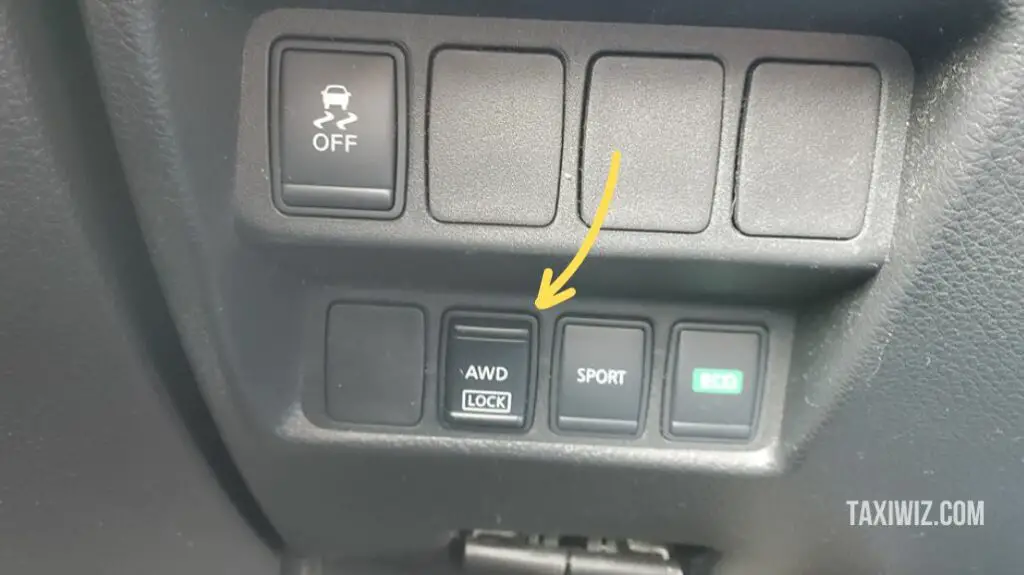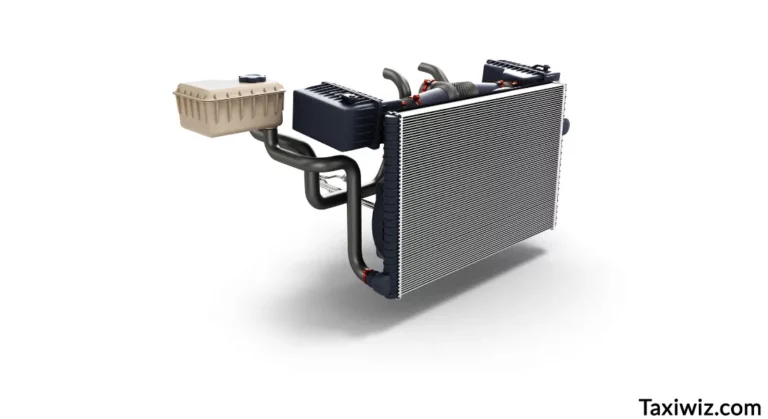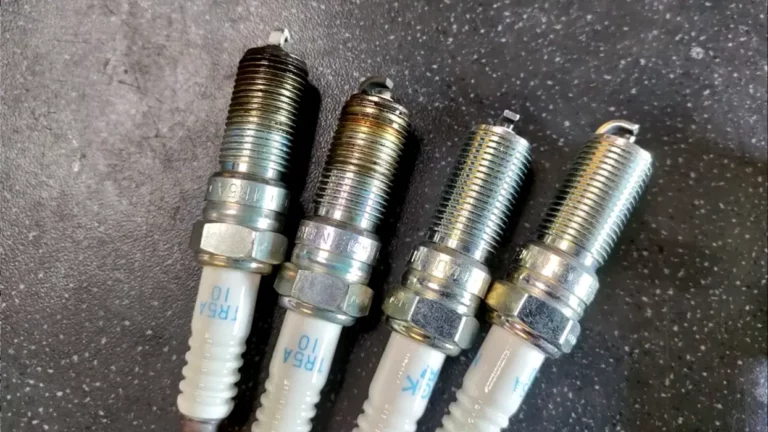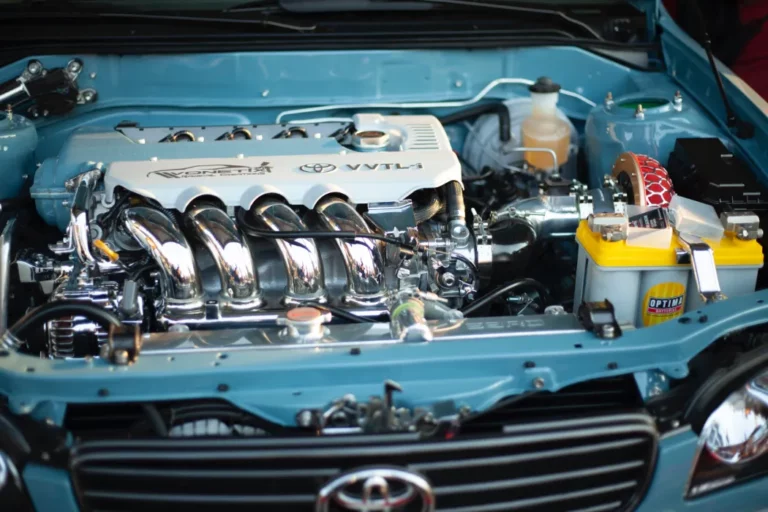What Does All Wheel Drive (AWD) Lock Mean? Answered!
You probably have seen different indicators such as AWD and 4WD. Have you ever thought what they might refer to?
The AWD lock, or all-wheel drive lock, signals that the vehicle is supplying power to all four wheels at the time. One can check if the AWD is turned on or off with the help of the AWD lock indicator, which should be on the dashboard.
You now know What Does AWD Lock Mean, or at least you have a vague idea of it. There’s more to AWD, and in this article, we’ll go through the implications and uses of this feature.
What Does AWD Lock Mean?

As you know already, when the AWD system is on, the vehicle’s engine supplies power to all four wheels. Now, the question arises, what difference does it make? We’ll get to that shortly.
Before that, it’s important to know that there are two kinds of AWD. There’s partial AWD where the vehicle keeps on switching the power between the front and rear axles and occasionally provides equal power to both.
However, in this case, the vehicle stays in two-wheel drive mode more than all-wheel drive mode. This is why it’s called part-time AWD.
In constant AWD mode, the vehicle keeps supplying power to both the front and rear axles all the time.
So, this is considered the “True AWD” by enthusiasts. If your vehicle offers an AWD lock option, it means that it can keep the AWD on constantly.
What are the benefits of having AWD?
To understand how AWD can help you, it’s important to understand how the other drivetrain systems work too. In this section, we’ll go through the other possible modes briefly, and finally, we’ll discuss how AWD stands out from them.
Front Wheel Drive-FWD
FWD, or Front Wheel Drive is a drivetrain system where the engine supplies power to the front wheels only. So, essentially, only the front wheels drag the entirety of the vehicle.
There are some great pros to this. Firstly, it leads to lower carbon dioxide emissions. Secondly, one can expect better fuel economy in the FWD system.
Also, it offers better traction over terrains such as snow as the weight of the engine is directly over the front wheels. It also helps in maneuvering. However, enthusiasts don’t prefer FWD because it’s not as enjoyable to drive as an RWD or AWD vehicle.
Rear Wheel Drive- RWD
RWD, or Rear Wheel Drive, is where the engine supplies all the power to the rear wheels. RWD offers a better weight balance and higher speeds. However, these aren’t as great in rough weather conditions as they make maneuvering hard.
Four-Wheel Drive- 4WD
While the terms AWD and 4WD are often used interchangeably, they don’t mean the same things. Four-wheel drive is a special system that’s mostly present in vehicles fit for the off-road experience.
All Wheel Drive- AWD
Unlike the front and rear wheel drive systems, the All Wheel Drive system provides power to both the front and rear axles using a front, rear, and central differential. The best part about AWD is that it’s constantly providing power to all the wheels at once.
So, you don’t have to switch the drivetrain manually. Rather, if either the front or rear axle requires additional power to keep the vehicle in control or to accelerate, the system will instantly and automatically provide the required energy.
AWD is considered great for different kinds of weather situations. It performs amazinglyin rainy and snowy conditions. However, it doesn’t work that well in mountainous regions or off-road.
While a lot of people are aware that AWD works great on snow, ice, and rainy roads, a lot of them don’t know that it offers extra benefits too.
As all four wheels are engaged in this mode, AWD allows you to accelerate faster. This is why certain sports cars tend to come with an AWD system, as the added torque on all four wheels can help you make a huge difference.
Then again, some luxury cars are coming with electronic AWD systems now. These systems offer greater balance and driving stability while maintaining the low weight of a regular 2WD vehicle.
These vehicles mainly focus the energy on the rearwheels when driving on a dry road. However, when you switch to an icy road, the vehicle automatically detects it and
However, there’s a major con to the AWD system. This system adds some extra weight to the vehicle. Thus, it makes the vehicle less fuel efficient.
So, when it comes to choosing the appropriate drivetrain, you need to check if the trade-off is worth what you’re sacrificing for.
If you live in an area where it rains often and you don’t have to veer off-road often, then you should consider getting an AWD system.
Difference Between AWD and 4WD
As we’ve stated previously, AWD and 4WD are very different, although they’re often used interchangeably. Both of them send power to all four wheels, and both can help retain traction while driving on snowy or rainy roads.
However, in icy regions, the AWD has an upperhand over the 4WD as it offers better stability and control.
On the other hand, the 4WD is amazing in situations where the AWD falls short. For example, it’s great for off-road, mountain trails, and sandy or gravel roads.
Then again, just like the AWD system, the 4WD is less fuel efficient because it too puts extra weight on the vehicle.
So, if you get confused between the two, the easiest way to differentiate them would be to consider their use cases. If you’re planning on driving on-road, AWD is for you. 4WD is perfect for off-road driving.
Frequently asked questions (FAQs)
1. Is AWD as good as 4×4?
AWD is best for light off-roading where using 4WD can make it a little bit bumpy and comfortable. But if you’re going on a serious off-road terrain like deep mud, or heavy snow, then 4WD is the best solution.
2. What are the disadvantages of AWD and 4WD?
There are tangible disadvantages like low fuel efficiency, and higher upfront cost. But sometimes they can make drivers a bit overconfident, which can get them in trouble.
3. Why do AWD cars feel faster?
As AWD can send power to all 4 wheels, you may feel that AWD cars are faster. Imagine 4 wheels pushing you forward instead of just 2, which is bound to make the car faster, especially in slippery conditions.
Conclusion
Now you not only know what AWD lock means, but you also understand the implications of it. Hopefully, this will allow you to choose the right drivetrain system for your vehicle.
If you already have an AWD system installed in your vehicle, now you’ll be able to get the best out of it!





